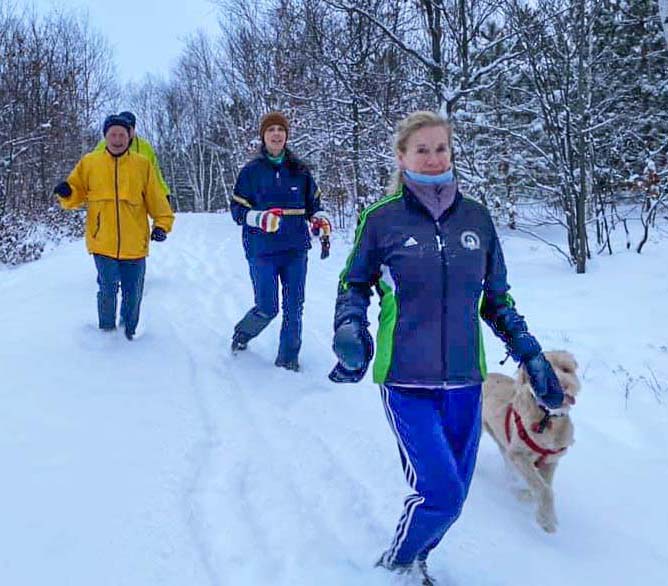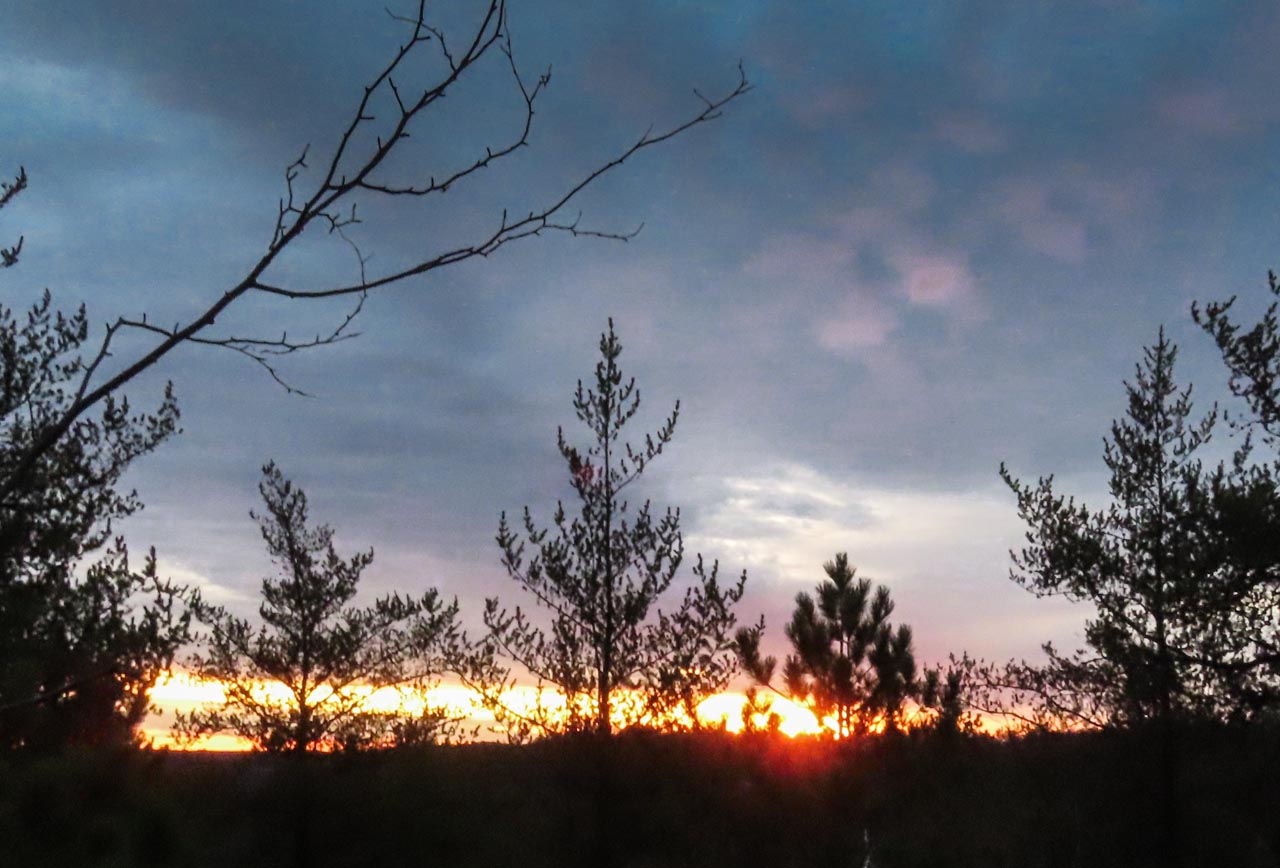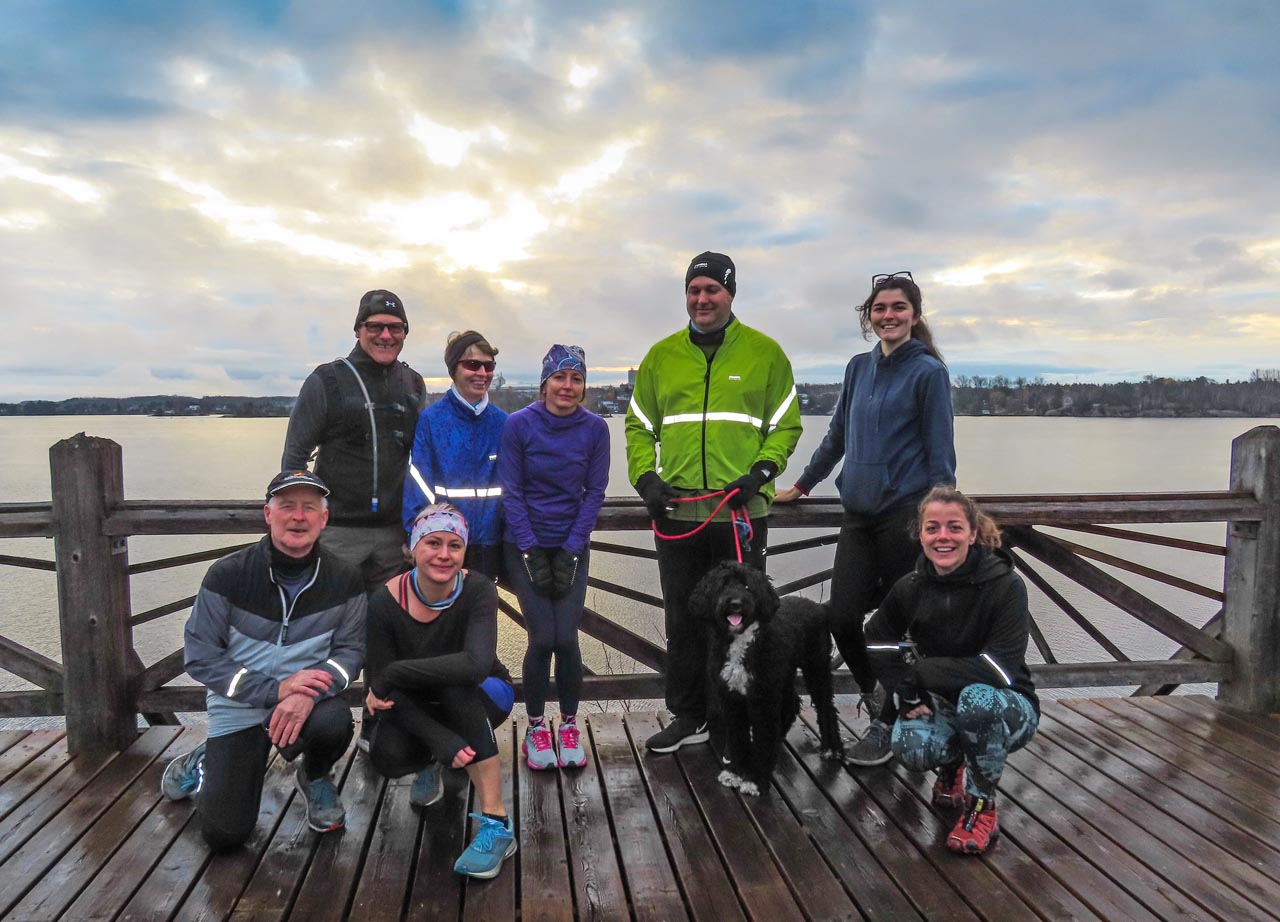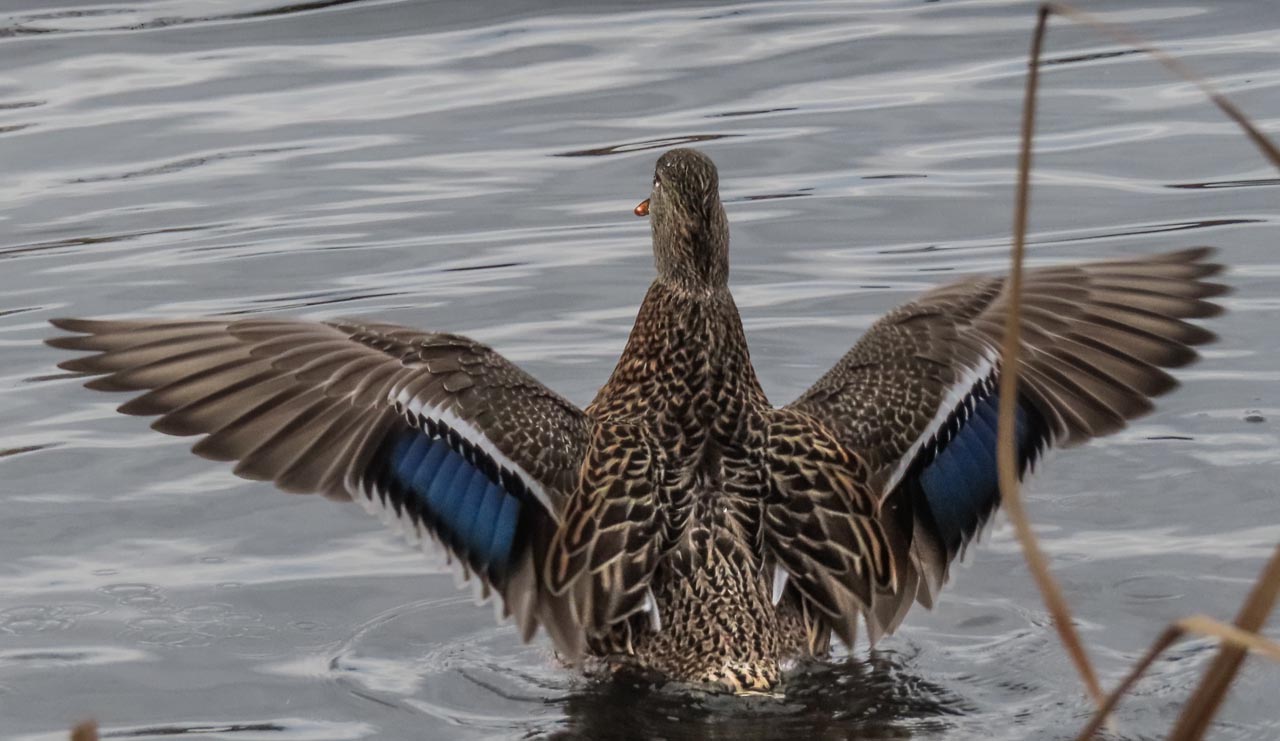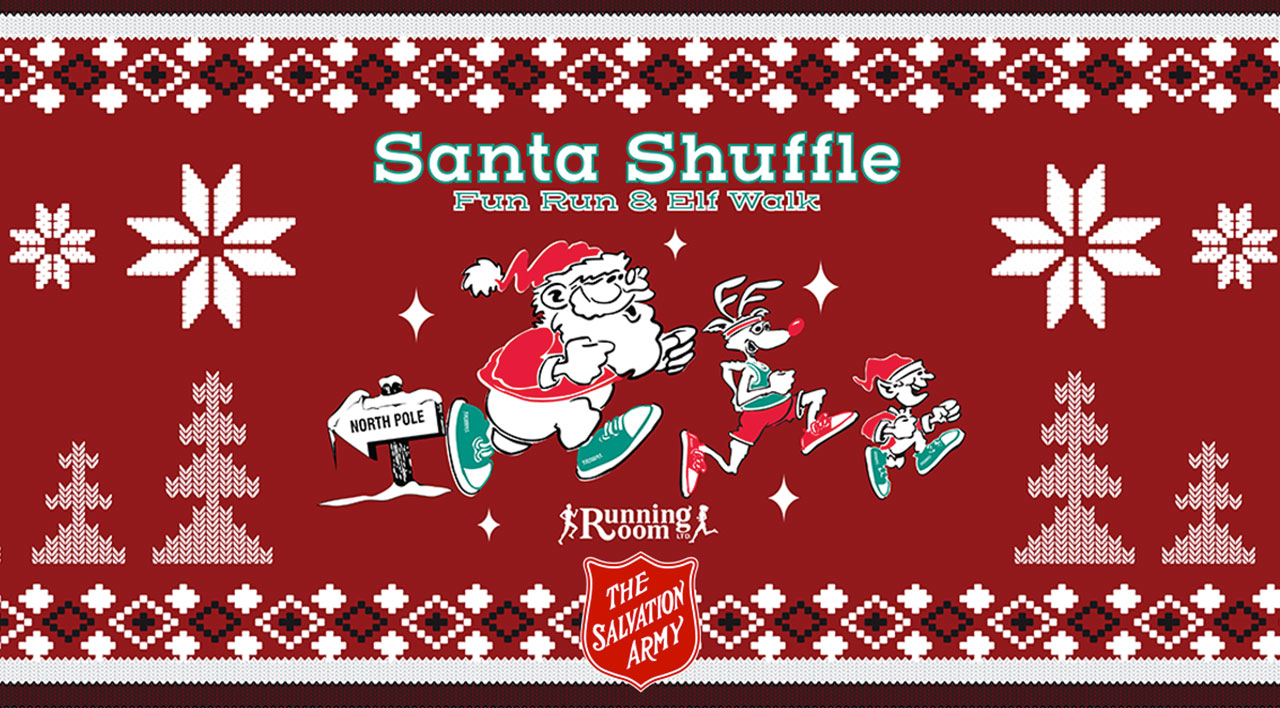Running
in the winter is much different than running in the summer.
In the summer, it’s a carefree activity and it’s
not too hard to convince yourself to get out the door.
In the winter, though, you have to plan for the cold and
the dark, and you might find yourself struggling to find
motivation. Running through the months of November to
March can be difficult enough, so here are a few tips
to make training easier this winter for any runners out
there.
Start off easy
Warming up is always important,
but especially so in the winter. Even if you aren’t
planning on going out for a fast or hard run, you should
take it extra easy for the first five or 10 minutes of
your session. Once your body warms up, you can pick up
the pace.
Check the weather
Winter in Canada is unpredictable.
One day it can be 5 C and the next it can be -10 C. Unlike
in the summer, when you can pretty much always get away
with wearing the same type of outfit, in the winter, you
need a running gear lineup. Some runs all you’ll
need is a shirt or two, leggings, your hat and gloves,
but on other runs it’ll be necessary to throw on
a sweater, a jacket, a buff and maybe even more. Before
every run this winter, take a look at the weather forecast
so you can dress accordingly.
Dress
for the weather
Forget your winter coat
and boots. When you run, your body generates a lot of
heat and you’ll quickly find yourself soaked in
sweat if you bundle up in your regular winter gear. The
secret to keeping heat and perspiration in check during
intense physical activity? Dressing in layers. Layering
is a very efficient way to regulate your body temperature.
Layer 1: The bottom layer
should be like a second skin: thin, flexible and comfortable.
You’ll want to wear a top made with moisture-wicking
fabric and, ideally, anti-friction flatlock seams. A merino
base layer is an excellent choice. Merino wool stores
heat in the fibres, absorbs moisture on your skin and
lets the wetness evaporate. It can absorb up to 30% of
its weight in water and still stay dry to the touch. Cotton
takes a long time to dry, so avoid wearing it.
Layer 2: The middle layer
should act as an insulator but still make it possible
for moisture to escape. A long-sleeved fleece jacket or
pullover can do the job, but you can also go with a second,
slightly thicker merino wool layer. Choose a fitted shirt
that’s big enough to wear over your base layer but
still allows a full range of motion.
Layer 3: The top layer
should protect you from the elements. Go with a windbreaker
or lightweight, breathable shell that wicks away moisture.
Ideally, you should be able to fold it up compactly in
case you get too hot. Down can be an excellent option
because it’s compact and light, but keep in mind
that the feathers lose their effectiveness when wet.
For your lower body, wear running tights
or pants that will protect you from the wind or cold while
still letting moisture escape. Our Active Sport base layer
bottoms for men and women are specifically designed to
adjust to your body and manage moisture. If you need to,
you can wear them underneath your running shorts to keep
your derrière extra warm!
As the days get shorter, makes sure your
running gear has reflective detailing so you’re
always visible.
Protect your extremities
They say 70% of
body heat leaves through the extremities—meaning,
the head, hands and feet, which incidentally can also
easily freeze. Protect your extremities with KOMBI accessories,
specifically designed for harsh Canadian winters.
Hands: The Wrap is a lightweight glove
with GORE-TEX InfiniumTM, which is an excellent barrier
against the wind. Light and flexible, the Wrap easily
wicks away moisture and moulds to the shape of your hand
so you still have full use of your fingers.
Head: Protect your head and ears with
a comfortable toque or beanie—one that’s not
too thick, too warm and doesn’t obstruct your vision.
Our ACTIVE WARM Helmet Beanie is the ideal choice. With
its smooth brushed interior and reflective logo, it’s
the ultimate hat for winter sports. Wearing a balaclava
or neck warmer helps warm up the air you breathe and reduces
the risk of irritating your lungs and throat. It’s
also recommended to breath in through your nose and out
through your mouth—this warms up the air and adds
moisture to it before the air goes into your lungs.
Feet: Wearing knee-high socks can improve
your blood flow, protect you from the cold and prevent
your ankles from being exposed to the wind and snow. Our
merino wool socks were specially designed to keep your
feet toasty warm. We recommend our Hybrid Alpaca wool
socks, since this type of wool naturally repels water.
And, our Hybrid Primaloft® socks are made of ultra-fine
polyester fibres to control moisture. They are lightweight,
soft and quick drying.
Don’t trust
the snow
Be careful when you run on
potentially slippery roads. Even if the snow on the ground
looks like it’s packed down well, it can be slippery.
Sometimes only a small dusting of snow covers the ice,
and if you step on that, you’ll end up on the ground.
It’s especially important to take it easy around
corners. It’s OK to run fast in the winter, but
make sure you focus on where you’re stepping so
you can be as safe as possible every run.
Run during the day
(if possible)
If you can, stick to daytime
running. That might not be possible for people with 9
to 5 jobs, as it’s dark when you get up for work
and dark by the time you get home, but take any chance
you get to run when it’s light out so everyone else
on the road can see you. Winter driving conditions are
already sketchy enough with the snow and ice on the roads,
and adding darkness into the mix makes matters even worse.
If you can’t swing a daylight run, at least wear
reflective clothes to make yourself as visible as possible.
Try out a race
This winter you might not
be able to find an in-person race, but that doesn’t
mean you can’t jump into virtual events. A lot of
people reserve races for the spring, summer and fall,
but why deprive yourself of competition for an entire
third of every year? Do yourself a favour and enter some
virtual races this winter. It’ll help motivate you
in training and add some fun to your schedule.
Final word of advice
Run at your own pace. In winter, road
and sidewalk conditions and the weather can have an impact
on your performance. Be sure to listen to your body, recognize
your limits and stop if the task becomes to difficult.
Remember: health and safety first.
Have fun this winter!
|










219.jpg)




